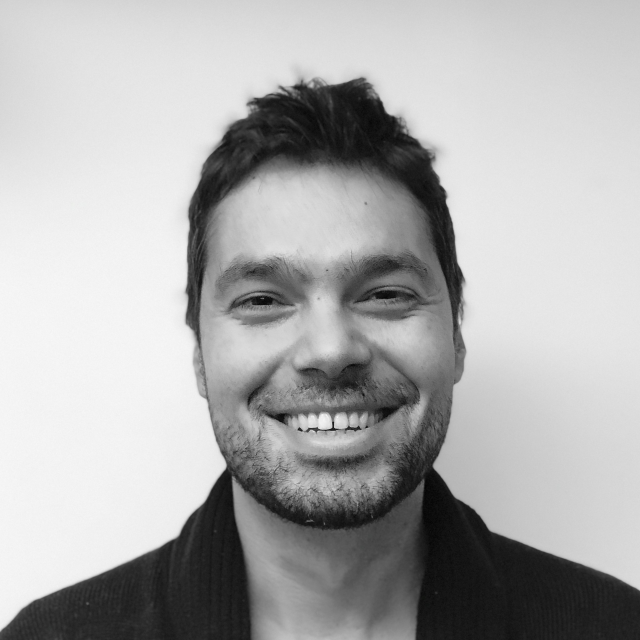Towards alternative biodata futures
Date and time: 31 May 2022, 15:00 – 16:00 CEST (UTC +2)
Speaker: Pedro Sanches, Umeå University
Title: Towards alternative biodata futures
Zoom: https://kth-se.zoom.us/j/69560887455
Meeting ID: 695 6088 7455
Password: 755440
Host/administrator: Stacy Hsueh: shsueh@kth.se
 Abstract: Biodata – data about people’s bodies and behaviours – is increasingly pervasive in many varied contexts of everyday life, from self-tracking to biometric surveillance to experimental arts. In this talk, I present the results of an ongoing design journey where we explored emergent directions within biodata design research, which point at alternative and plausible biodata futures while navigating biopolitical and ethical tensions. Mainly, I will present two artefacts and the design process behind them: 1) a wearable garment aimed at capturing non-habitual breathing, and 2) three design fictions offering invitations for design research to explore alternative ways of living and knowing together with biodata.
Abstract: Biodata – data about people’s bodies and behaviours – is increasingly pervasive in many varied contexts of everyday life, from self-tracking to biometric surveillance to experimental arts. In this talk, I present the results of an ongoing design journey where we explored emergent directions within biodata design research, which point at alternative and plausible biodata futures while navigating biopolitical and ethical tensions. Mainly, I will present two artefacts and the design process behind them: 1) a wearable garment aimed at capturing non-habitual breathing, and 2) three design fictions offering invitations for design research to explore alternative ways of living and knowing together with biodata.
The design journeys presented here are aimed at dispelling the “commodity fiction” of data: the belief that data in a “raw” form is out there available to be collected independently of its origins, context, and temporal history. Instead, the aim is to design with data in a way that it attends to how it is coproduced by many entangled factors, including people, context, and the particular sensors, analysis, and display techniques employed.
Bio: Pedro Sanches is an Assistant Professor in the Department of Informatics, Umeå University, Sweden and is affiliated with LARSyS: Laboratory for Robotics and Engineering Systems at the University of Lisbon, Portugal. He is the PI of the WASP-HS project “Human-Centered AI for Health, Autonomy and Wellbeing”, which aims at developing tools and methods that enable interaction designers and engineers to explore with end-users the various possible interactions with biodata. These tools will develop more inclusive ways of relating to data, ultimately leading to data-driven technologies that work with a greater diversity of bodies and ways of moving and being in the world. He approaches this topic from an interdisciplinary perspective, combining interaction design, computer science and STS.


